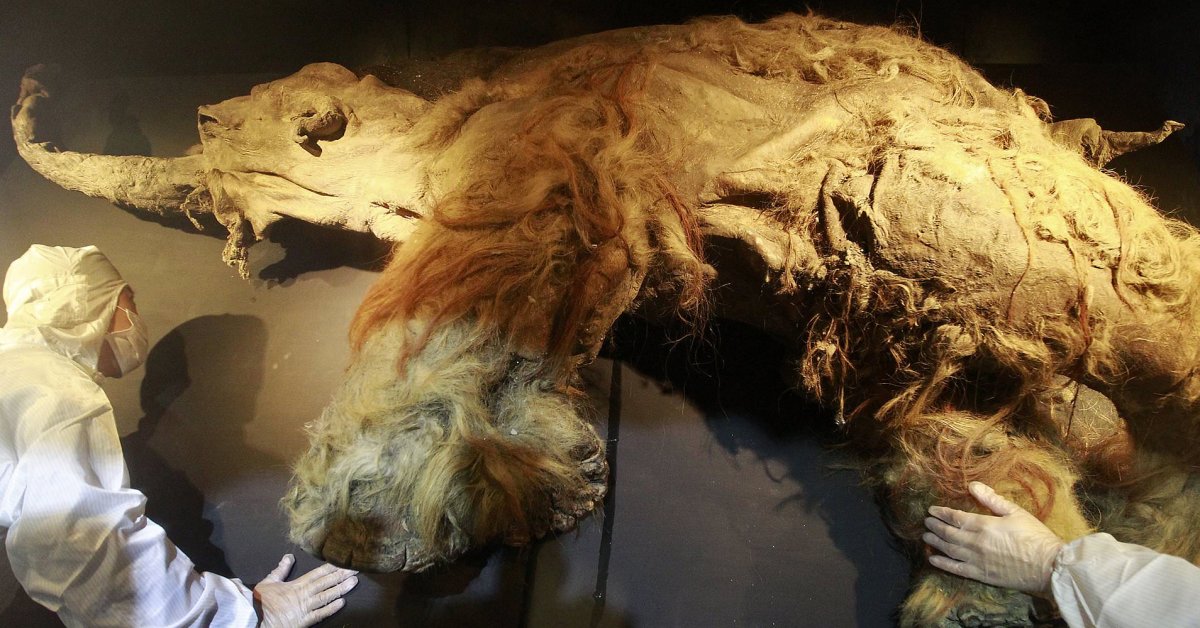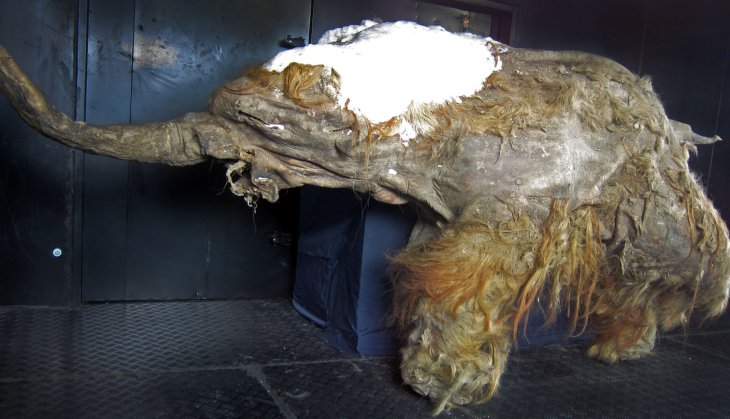Scientist Have Awaken A 28,000-Year-Old Mammoth, Will We Have Jurassic Park?
Dhir Acharya - Mar 15, 2019

The team believes that this big leap can help us gain a better understanding of the ancient mammal and other creatures from that time and their ancestors.
For years, scientists have been trying to broaden and deepen their knowledge life forms that existed on Earth millions of years ago.
To learn about multi-million-year-old life forms, scientists mostly take advantage of fossils. However, Japanese researchers have come up with something that may change the way we look at fossils and how we study them.
In western Japan, Kindai University’s researchers have just awakened a 28,000-year-old woolly mammoth, or more precisely, its cells. Yuka, as the preserved mammoth is called, was found nine years ago in Siberia’s permafrost.

Yuka
The team believes that this big leap can help us gain a better understanding of the ancient mammal and other creatures from that time as well as their ancestors.
To begin the process, the Japanese research team recovered cell nuclei of Yuka; then, they transplanted them into mice’s cells and let the biological activity happen. The researchers obtained these nuclei from the muscle tissue of the mammoth that was well reserved and remains uncontaminated for that past 28,000 years thanks to the permafrost.
The scientists collected 88 nucleus-like structures from Yuka and put them into mice’s oocytes, which will split to form an ovum. Their findings were included in a study, where they wrote:

The statement means that while the mammoth is still and will forever stay dead, the breakthrough paves the way for us in resurrecting it in the future.
Yep, Jurassic Park, if that’s what you’re thinking of.
Although that’s not possible right now, that’s feasible if we have better technology to harvest and transfer cells in the coming years.
Featured Stories

Features - Jul 01, 2025
What Are The Fastest Passenger Vehicles Ever Created?

Features - Jun 25, 2025
Japan Hydrogen Breakthrough: Scientists Crack the Clean Energy Code with...

ICT News - Jun 25, 2025
AI Intimidation Tactics: CEOs Turn Flawed Technology Into Employee Fear Machine

Review - Jun 25, 2025
Windows 11 Problems: Is Microsoft's "Best" OS Actually Getting Worse?

Features - Jun 22, 2025
Telegram Founder Pavel Durov Plans to Split $14 Billion Fortune Among 106 Children

ICT News - Jun 22, 2025
Neuralink Telepathy Chip Enables Quadriplegic Rob Greiner to Control Games with...

Features - Jun 21, 2025
This Over $100 Bottle Has Nothing But Fresh Air Inside

Features - Jun 18, 2025
Best Mobile VPN Apps for Gaming 2025: Complete Guide

Features - Jun 18, 2025
A Math Formula Tells Us How Long Everything Will Live

Features - Jun 16, 2025
Comments
Sort by Newest | Popular